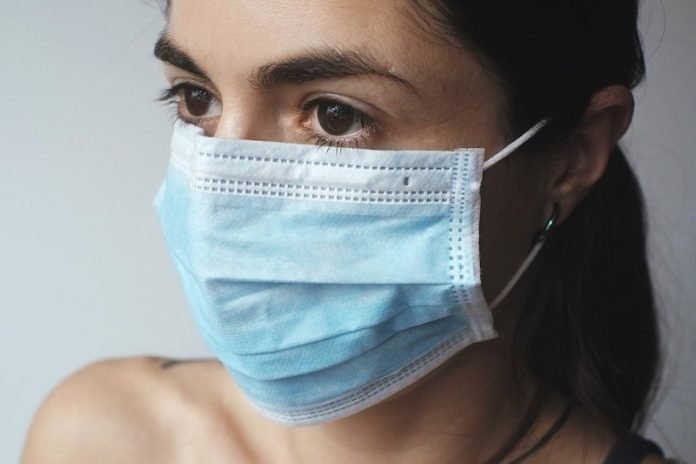
In a new study, researchers found that sore eyes are the most significant vision-based indicator of COVID-19.
The research was conducted by a team at Anglia Ruskin University (ARU).
In the study, the team asked people who had a confirmed COVID-19 diagnosis to complete a questionnaire about their symptoms, and how those compared to before they tested positive.
They found that sore eyes were significantly more common when the participants had COVID-19, with 16% reporting the issue as one of their symptoms.
Just 5% reported having had the condition beforehand.
While 18% of people reported suffering from photophobia (light sensitivity) as one of their symptoms, this was only a 5% increase from their pre-COVID-19 state.
Of the 83 respondents, 81% reported ocular issues within two weeks of other COVID-19 symptoms. Of those, 80% reported their eye problems lasted less than two weeks.
The most common reported symptoms overall were fatigue (suffered by 90% of respondents), a fever (76%), and dry cough (66%).
This is the first study to examine the various eye symptoms indicative of conjunctivitis in relation to COVID-19, their time frame in relation to other well-known COVID-19 symptoms, and their duration.
While it is important that ocular symptoms are included in the list of possible COVID-19 symptoms, the researchers argue that sore eyes should replace ‘conjunctivitis’ as it is important to differentiate from symptoms of other types of infections, such as bacterial infections, which manifest as mucous discharge or gritty eyes.
This study is important because it helps doctors understand more about how COVID-19 can infect the conjunctiva and how this then allows the virus to spread through the body.
One author of the study is Professor Shahina Pardhan, Director of the Vision and Eye Research Institute at ARU.
The study is published in BMJ Open Ophthalmology.
Copyright © 2020 Knowridge Science Report. All rights reserved.



